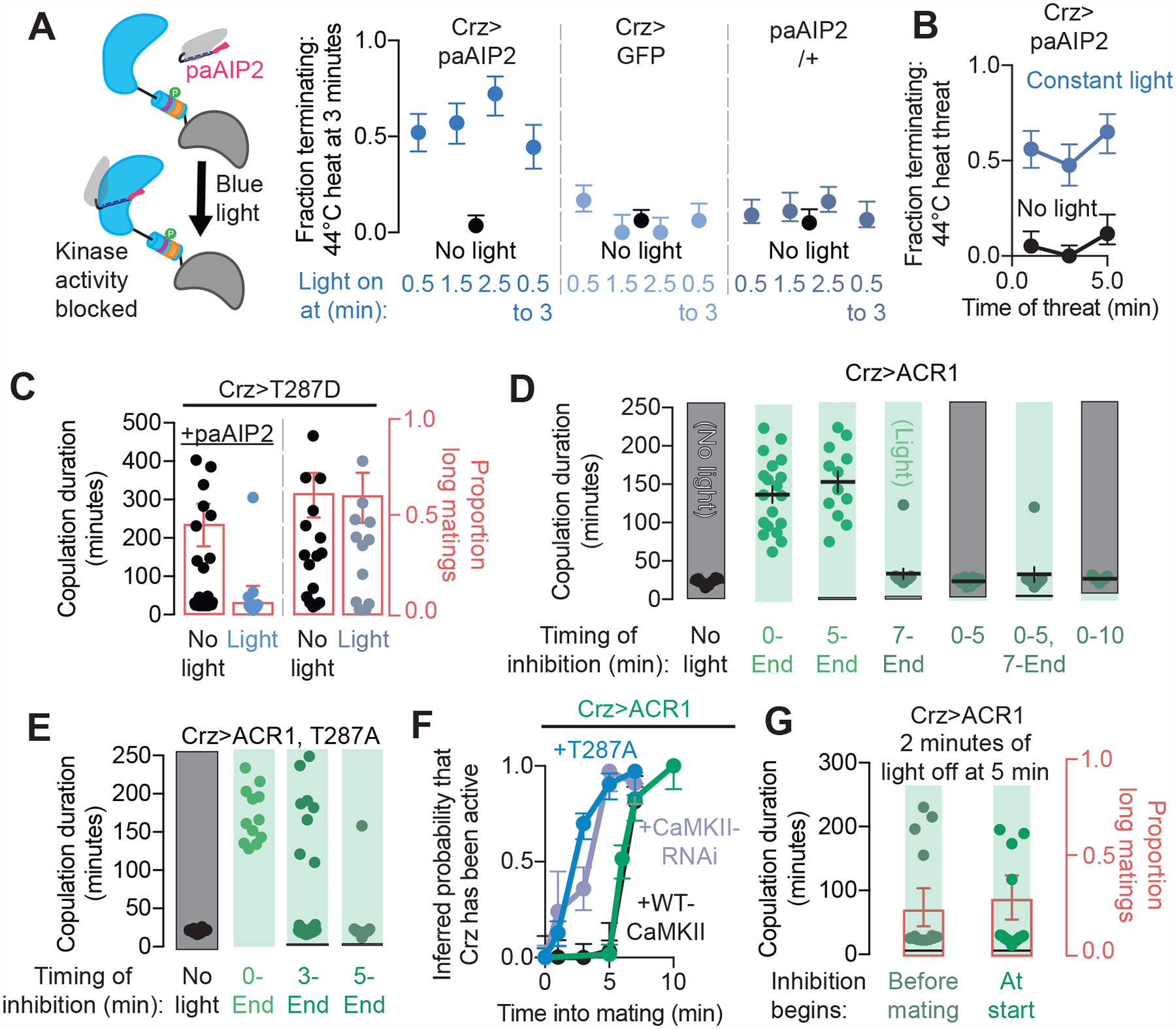Figure 5. CaMKII actively prevents the output of the Crz neurons.

(A) Inhibiting CaMKII-mediated phosphorylation in the Crz neurons with blue light using paAIP2 (schematized on the left) induces the shift in motivation (right). The shift was maintained even after the removal of CaMKII inhibition (light from 1.5 to 3 minutes), showing that transiently impairing CaMKII activity suffices to cause the motivational switch.
(B) Inhibition of CaMKII activity with paAIP2 throughout the mating is capable of inducing a behavioral response to threats at any time after inhibition has begun.
(C) Inhibition of CaMKII activity using paAIP2 is sufficient to prevent the lengthening of mating duration resulting from expression of CaMKII-T287D. The proportion of long matings for each condition is shown in red when there is significant mixing of long and normal durations. No manipulations of the Crz neurons in this paper lead to matings that are shorter than we observe in control genotypes (~13 min).
(D) Optogenetic inhibition of the Crz neurons (light green shading) shows that electrical activity is not required for the first five minutes of mating as the CaMKII timer is winding down, but is required after 5 minutes to report the output of the timer and induce the motivational switch. The x-axis indicates the times into mating when constant inhibition of the Crz neurons was imposed.
(E-F) Expression of calcium-obligate CaMKII (T287A) (dark blue) or knockdown of CaMKII levels (purple), but not expression of wildtype CaMKII (black) in the Crz neurons decreases the time interval between the onset of mating and the time of transient Crz neuronal activation, as measured by whether beginning inhibition of the Crz neurons at the indicated time can extend copulation (curves fit to experimental data of the same type of experiments as in D and E with a Gaussian mixture model, see Methods).
(G) The initiation of the CaMKII timer is voltage-independent: similar proportions of normal-duration matings were obtained when inhibition was relieved from the 5th to 7th minute after mating began regardless of whether inhibition commenced before mating onset (13/17) or at mating onset (9/13), indicating that the Crz neurons do not require a voltage-dependent signal at the onset of mating to activate the CaMKII timer.
